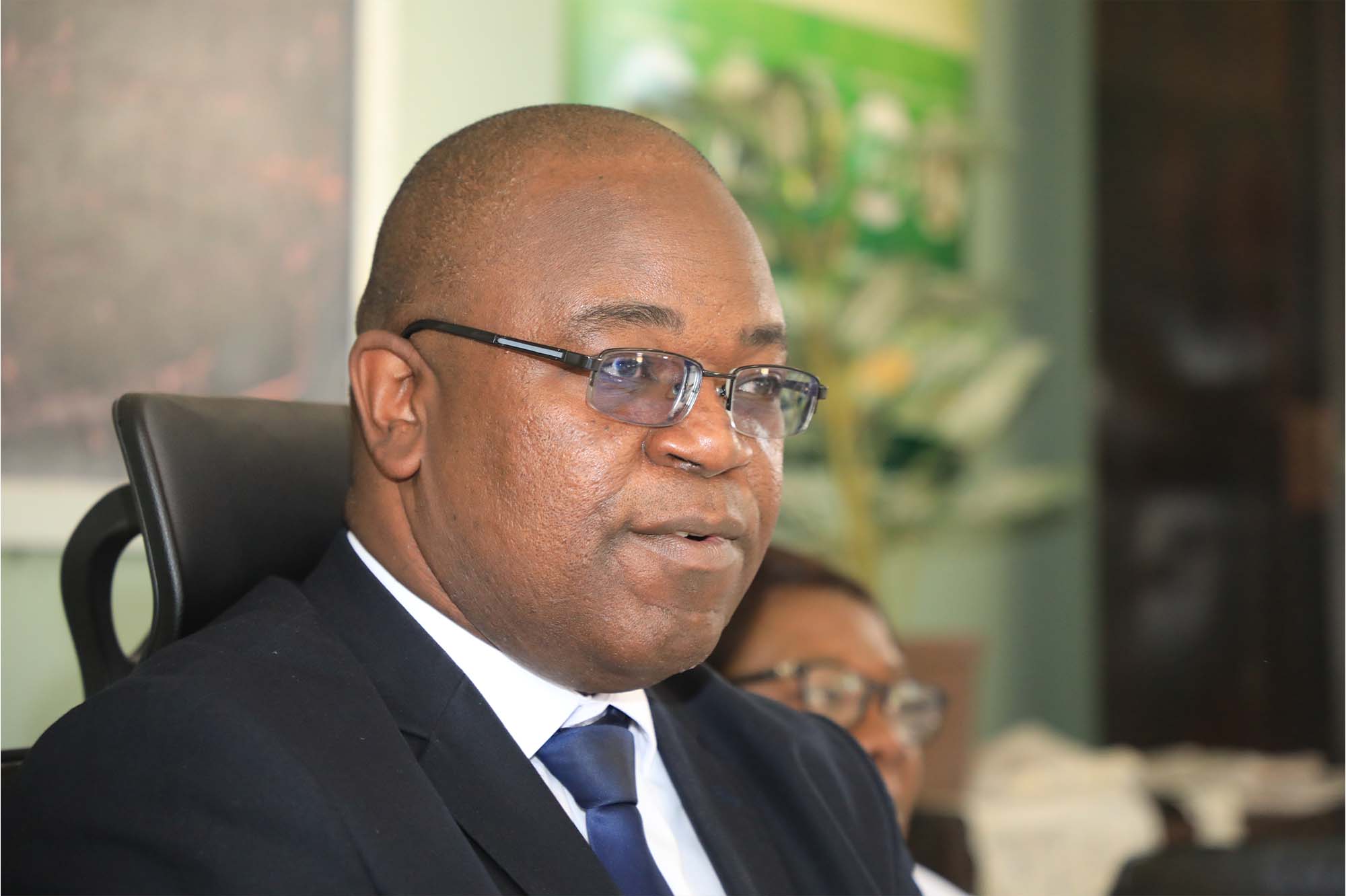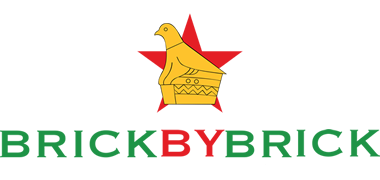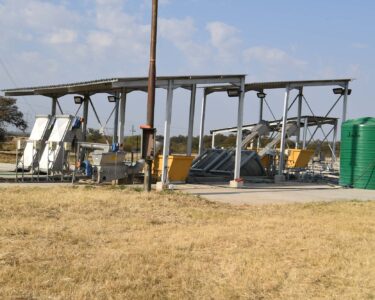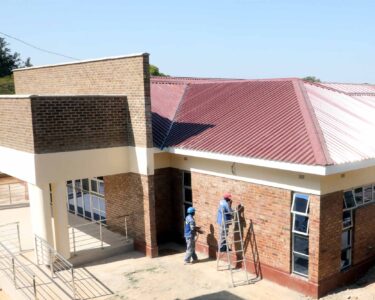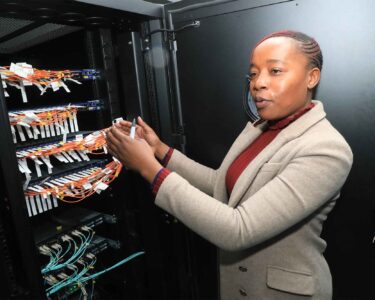Zimphos is one of several companies that is playing a pivotal role in upscaling the economy by supporting the Second Republics’s agricultural revolution designed to boost food security at both household and national levels. Our Senior Correspondent, Garikai Mazara, recently went on a guided tour of the company’s plant in Msasa, Harare.
During the eye-opening three-hour tour, Mazara had a long conversation with Edward Tome, the acting general manager of the Industrial Development Corporation of Zimbabwe IDCZ), Zimphos’ parent company. For the benefit of the reader, Brick by Brick reproduces a verbatim transcript of their time together. Read on . . .
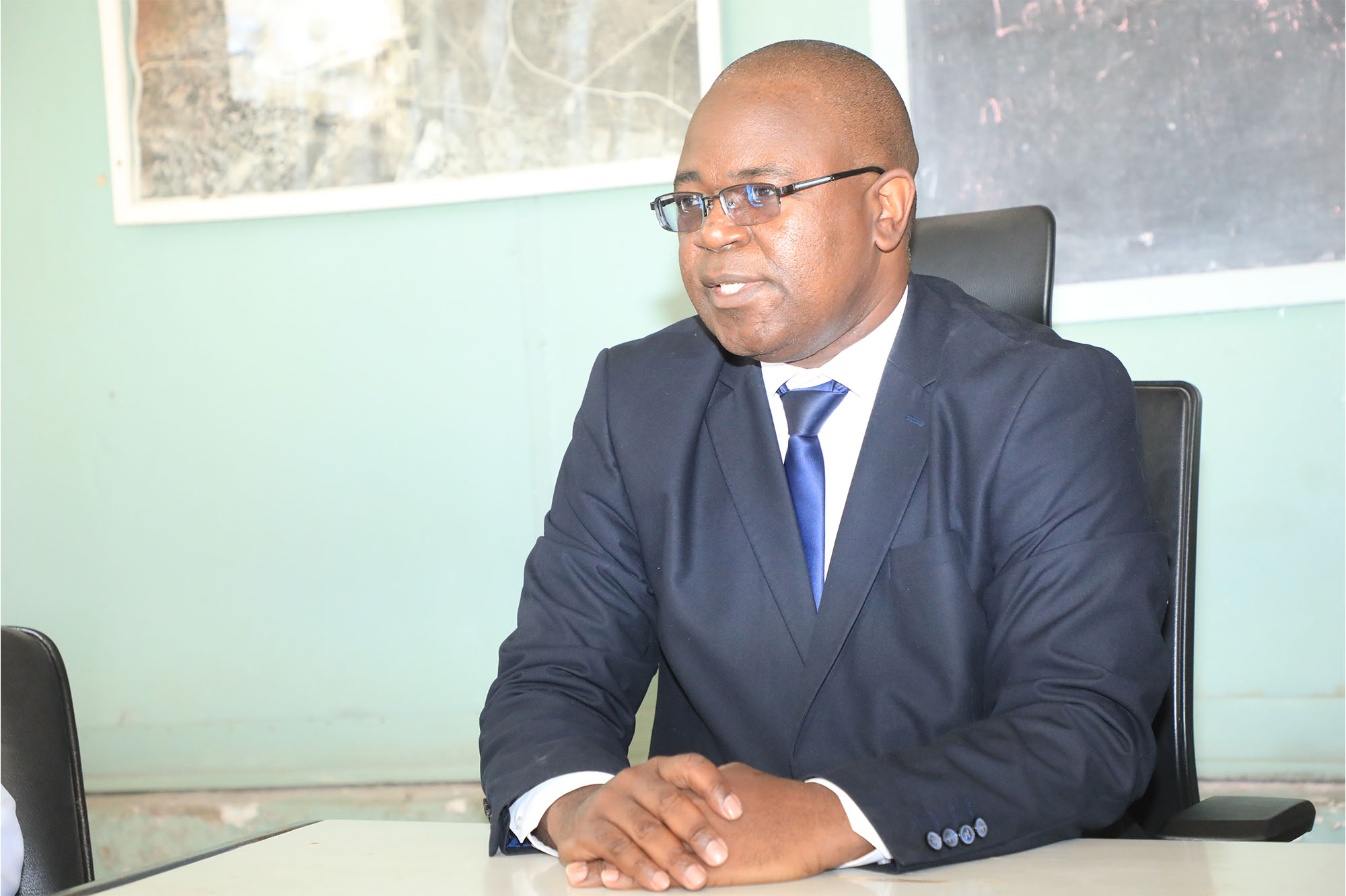
Mazara: Can you give briefly tell us the Zimphos story and why this company is so critical to Zimbabwe?
Tome: The short answer is: The Industrial Development Corporation of Zimbabwe (IDCZ) is an entity wholly-owned by the Government of Zimbabwe through the Ministry of Industry and Commerce. We have got a number of business units across most key sectors of Zimbabwe’s economy which will give you some idea of their very strategic nature.
Here at Zimphos, we manufacture mostly basal fertilisers for the entire nation. We have turned around this strategic business unit to start manufacturing fertiliser in order to do away with imports because we have enough resources to manufacture to do so. According to some preliminary studies, we have enough resources to last us a thousand years. So there is no reason why we cannot beneficiate and value-add these resources from Dorowa for the manufacture of various types of fertiliser for cereal grains, cotton, tobacco, fruits, etc.
For the first time at Zimphos, we have installed a fertiliser blender with a capacity of 120,000 tonnes per annum to manufacture a wide variety of blended fertilisers. It was commissioned on 25 September, 2021 by His Excellency, President Emmerson Mnangagwa, and we are quite elated to have this state-of-the-art equipment at our disposal, as part of the import substitution drive, as articulated in the National Development Strategy 1 (NDS1).
The fertiliser granulator will make it possible for us to turn our Dorowa phosphates into granulated fertiliser. This is the core of the fertiliser manufacturing industry and it expected to go online starting in October. As we speak, we have already started the installation process.
This is a first in the history of the country. In fact, this is the first time since we started manufacturing fertilisers in this country in 1960, 63 years later, under the able leadership of His Excellency President Emmerson Mnangagwa, that we have started manufacturing fertilisers.*
Mazara: What was the set-up before all these new developments?
Tome: We had surrendered the responsibility of manufacturing fertilisers to the private sector and we have all seen what the private sector has done since the agrarian reforms started in 2000. The prices of fertilisers and key agro-chemicals have been increasing beyond the reach of the majority of our farmers. As Zimphos, we want all agricultural inputs to be affordable to our farmers as this will guarantee food security at both household and national levels.
We also would like to guarantee the success of the agrarian reform programme. The question is: How do we do that? The answer is: By making sure that our farming becomes viable, profitable, sustainable and, obviously, scalable. This is why we are installing this key plant and equipment, to ensure that we manufacture fertilisers here at Zimphos.
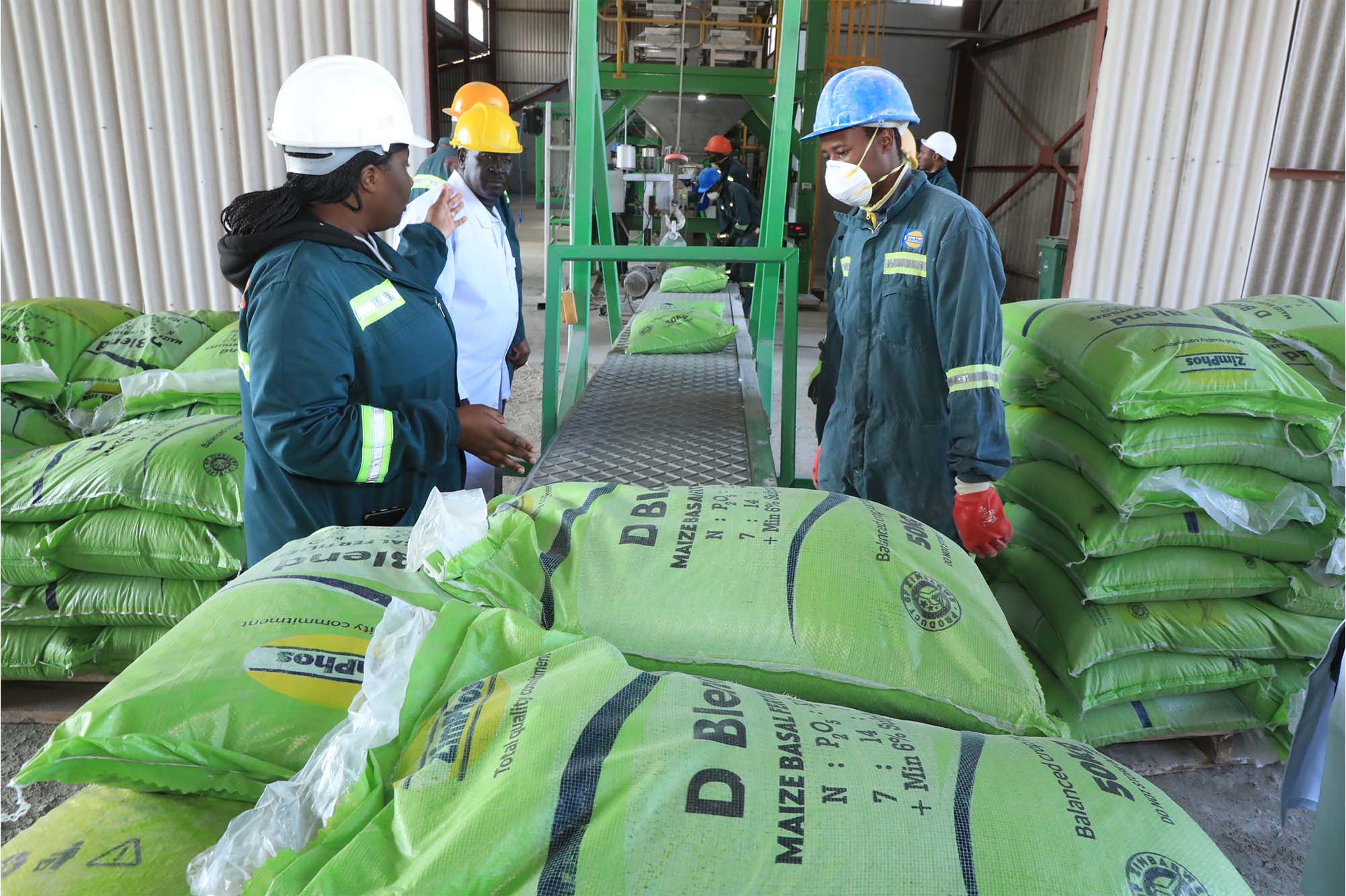
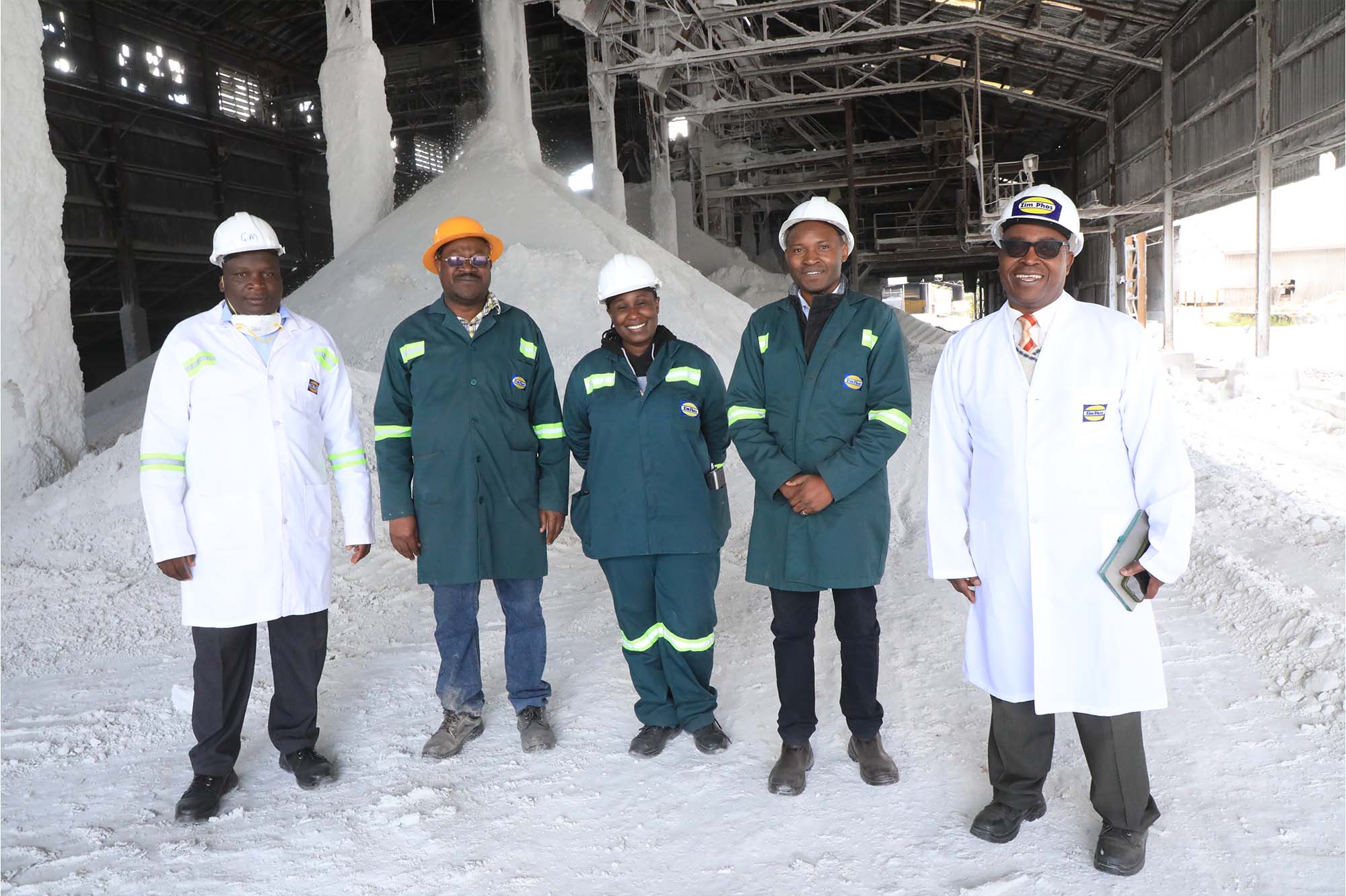
We also manufacture water treatment chemicals, which we supply to all the 52 local authorities across the country. We also supply the chemicals to non-local authority entities like Zinwa [the Zimbabwe National Water Authority], boarding schools and other water-related facilities across the country, be they public or private.
Zimphos also manufactures mining and industrial chemicals. We have the facility, the only one of its kind in Harare Metropolitan Province, which we call a magazine, which is used to store high-grade explosives and mining chemicals. We have a similar facilities in Kwekwe and Khami, which are not for our sole use only as they can leased out to private entities since explosives must be kept under secure conditions.
Mazara: I understand you have a new baby under your wing?
Tome: Yes, we have what is called Chemplex Animal and Public Health, just a few metres from here, which we have since renamed Chemplex Agro Farmer. It is a company which specialises in the manufacture of veterinary products that the country so desperately needs.
We are moving at the speed of lightning so that, going forward, Zimbabwe, will not need to import veterinary products. You may recall that during the fourth quarter of last year, His Excellency, President Mnangagwa, launched the Presidential Tick Grease Programme in Matabeleland South. He pledged that he would avail tick grease to mitigate the January disease which has decimated Zimbabwe’s national herd in recent years.
I am also pleased to announce that we have installed a brand new, state-of-the-art plant for the manufacture of tick grease. After its technical commissioning last year, the incidence of January disease has declined by over 40%. We are not beating our chest, but these are figures supplied by second and third parties like the Ministry of Agriculture, Lands and Fisheries who have witnessed the results on the ground. They are reporting a massive, massive growth of our national cattle herd which now exceeds five million. This [national herd] will continue to grow because we now control the means of production for our veterinary products.
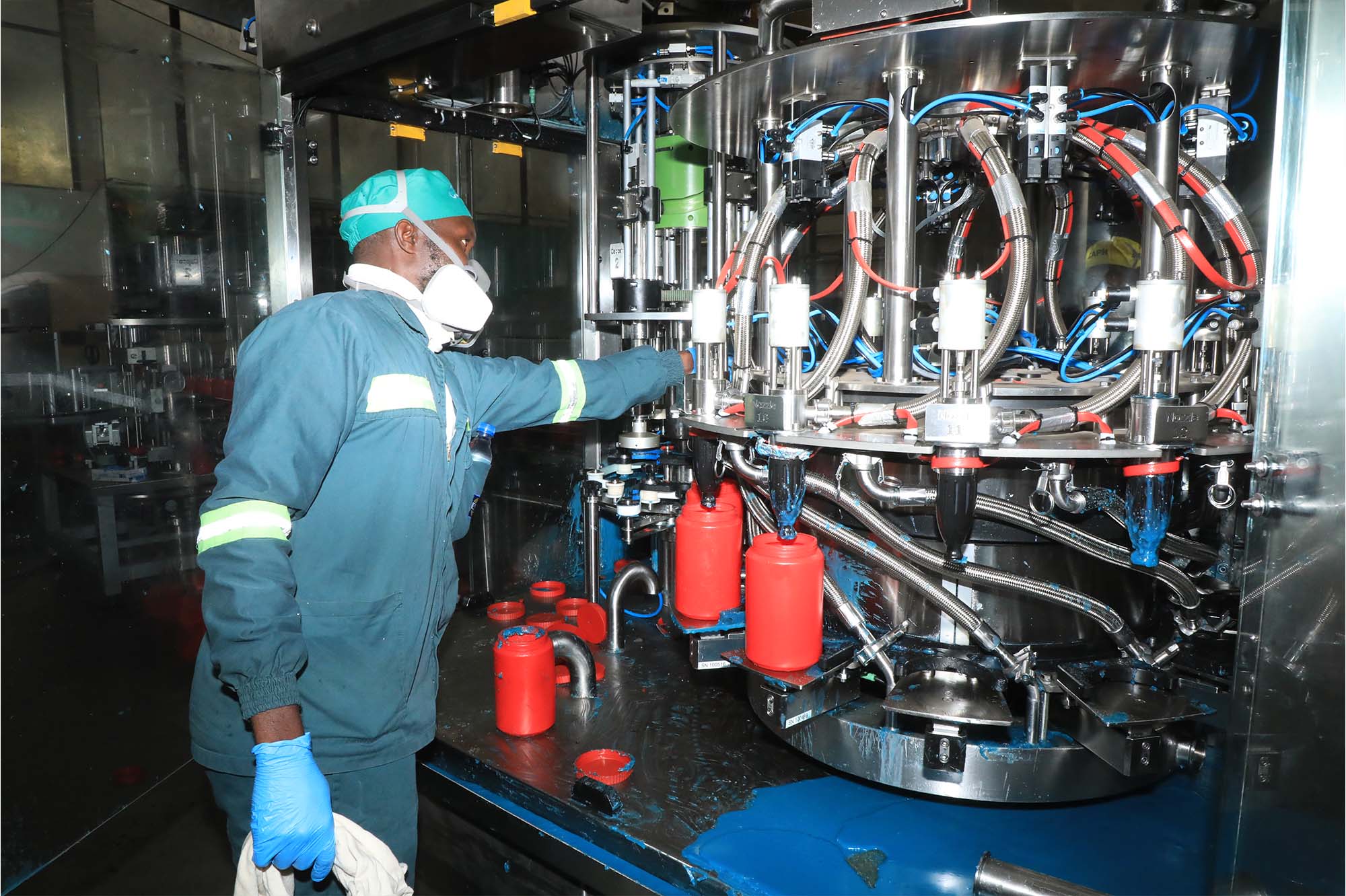
Chemplex Agro Farmer also houses a grain protectant plant, with a capacity of 6,000 metric tonnes per annum. Our national demand for grain protectant is somewhere between 3,000 and 3,500 tonnes per year. This means we will be able to export the balance to the Sadc region, since it produces more or less similar grains and food crops as Zimbabwe.
As a nation, we were incurring heavy post-harvest losses because the majority of our subsistence, communal and A1 farmers could not afford the high cost of imported grain protectants. The Zimphos plant will be able to meet, first and foremost, the national demand before considering exports to the region. As a matter of fact, we will be exporting both the tick grease and grain protectant.
These protectants will be distributed through the Ministry of Agriculture, Lands and Fisheries, the Grain Marketing Board (GMB) and agricultural extension officers at very reasonable prices. We are happy that we are making a significant contribution in ensuring the success of Zimbabwe’s agrarian revolution.
I think we are now on a growth trajectory, a trajectory of being self-sufficient and anchoring all our manufacturing plants on the exploitation of locally available raw materials. We are sure that this year, 2023, no farmer will be complaining that their crops have been attacked by weevils, post-harvest.
Let me talk very briefly about the importance of empowerment. We would like anyone out there who cares to listen, that under the Second Republic, we are driving the empowerment agenda with enthusiasm. As we churn out all these fertilisers and agro-chemicals, we are calling out to all agro-dealers throughout the country to register for dealer partnerships so that these products are available at the farmer’s doorsteps. We are ready to offer any interested parties such trading facilities.
Mazara: The farming season is nigh. What assurances can you give to farmers that they will not face fertiliser challenges, come the rainy season?
Tome: Once the granulator is up and running, possibly by end of September/early October, the first impact on the farmer will be a drastic fall in the price of fertiliser from about US$38 per 50 kg bag to something much significantly cheaper than that. Our principal, His Excellency President Mnangagwa, will announce that new price to the nation at the appropriate time.
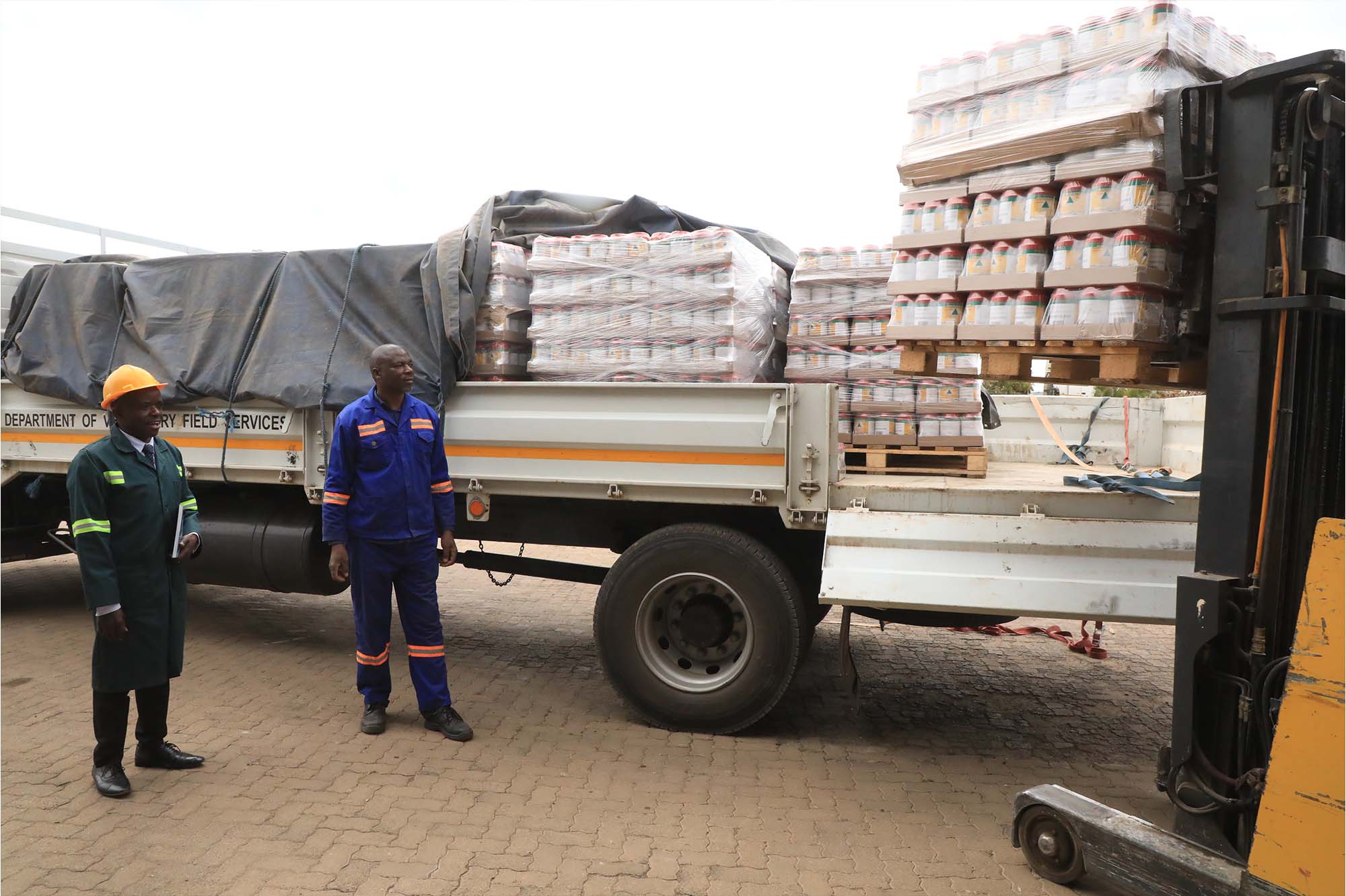
The second thing, is that for the first time, we are going to fully exploit our phosphate resources from Dorowa for the manufacture of basal fertilisers. Henceforth, beginning this year, the cost of production for farmers will go down significantly. As you might be aware, fertilisers account for about 55% of the farmer’s cost of production. If we can reduce that, then we will be able to guarantee profitability, sustainability and, therefore, scalability in our farmers’ operations.
Mazara: The Brick by Brick magazine team was recently at Dorowa and the indications were that they are operating at about 35% capacity utilisation due to funding constraints. And since most of your raw materials come from Dorowa, will this not compromise your production targets?
Tome: We have not rested on our laurels in the recapitalisation of Dorowa as there are various efforts currently underway. The first one involves the mobilisation of funds from the Treasury even though we are aware that there can be challenges in that area. However, the IDCZ has managed to mobilise US$1 million of the US$16 million required for the full recapitalisation of Dorowa. It is that money which has made it possible for Dorowa to remain in business.
But that is not the end of the story. IDCZ has also mobilised US$83 million from offshore lines which is now going through the necessary approval channels as part of our efforts to capacitate the IDCZ group of companies, particularly those in the fertiliser value chain. This year, we guarantee that Zimphos will deliver as promised by our principal, His Excellency President Mnangagwa.
Mazara: How big is Zimphos in terms of its workforce? And can you shed some light on the gender balance as well?
Tome: We employ upwards of 800, however, in lean times when we shut down for maintenance, the figure drops to +/300. However, during the peak season, the figure rises to 1,200. But since we are currently undergoing plant maintenance, refurbishments and installing new equipment, the figures tend to fluctuate.
Gender equity is quite a sensitive area because of the nature of our operations, involving as they do, highly corrosive materials and chemicals. The majority of our women are reluctant to take up jobs in such ‘dangerous’ environments. There are no women employees at the water treatment chemical plant either. They are worried about the effects of chemicals on their skin, hair, etc, as well as on the health of their unborn babies in case of pregnancy.

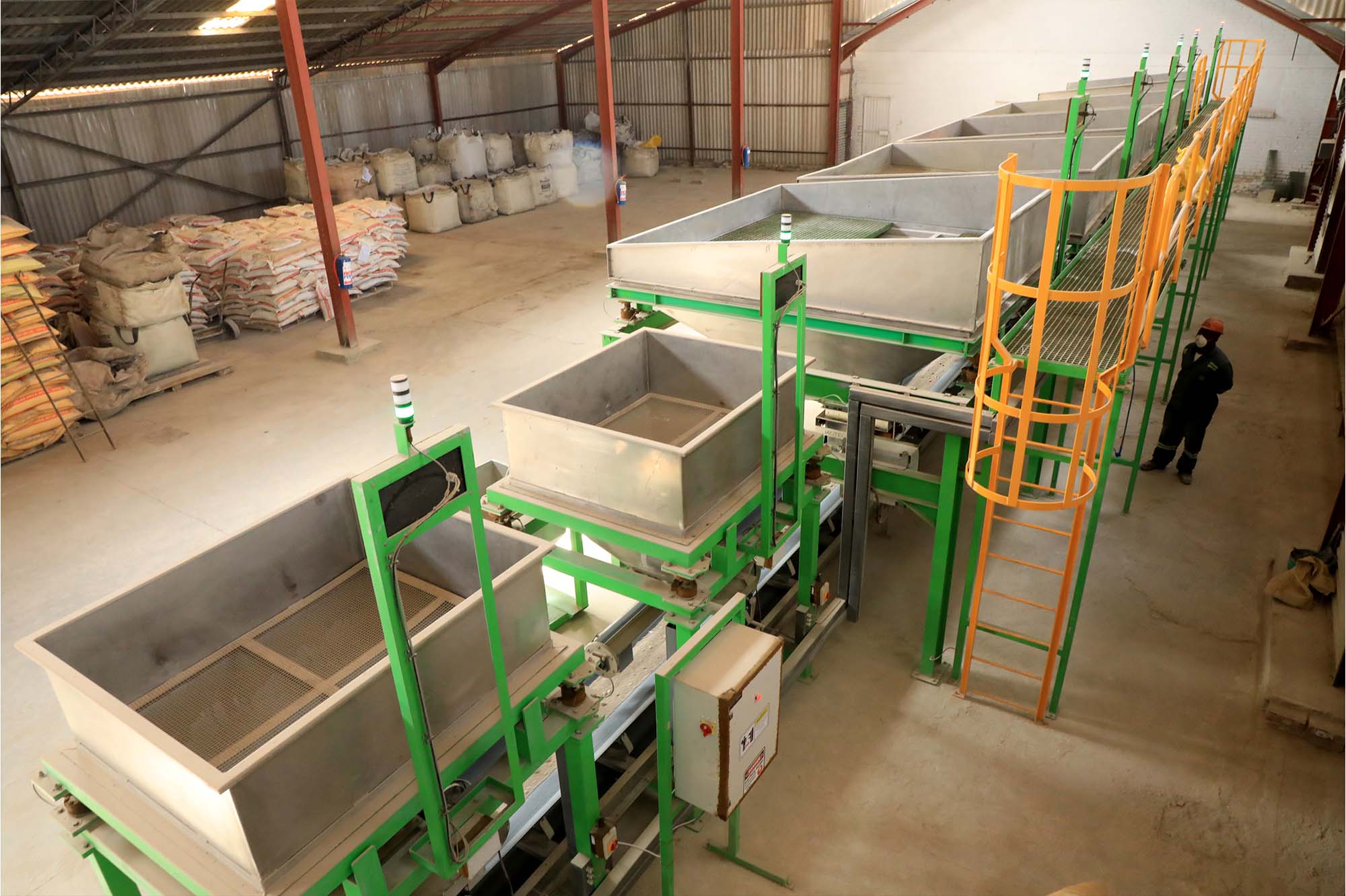
Although we have gone out of our way to recruit women over the years, the results have been less than satisfactory because of the high attrition [resignation] rates. On the bright side, we do have some women in administration and operations.
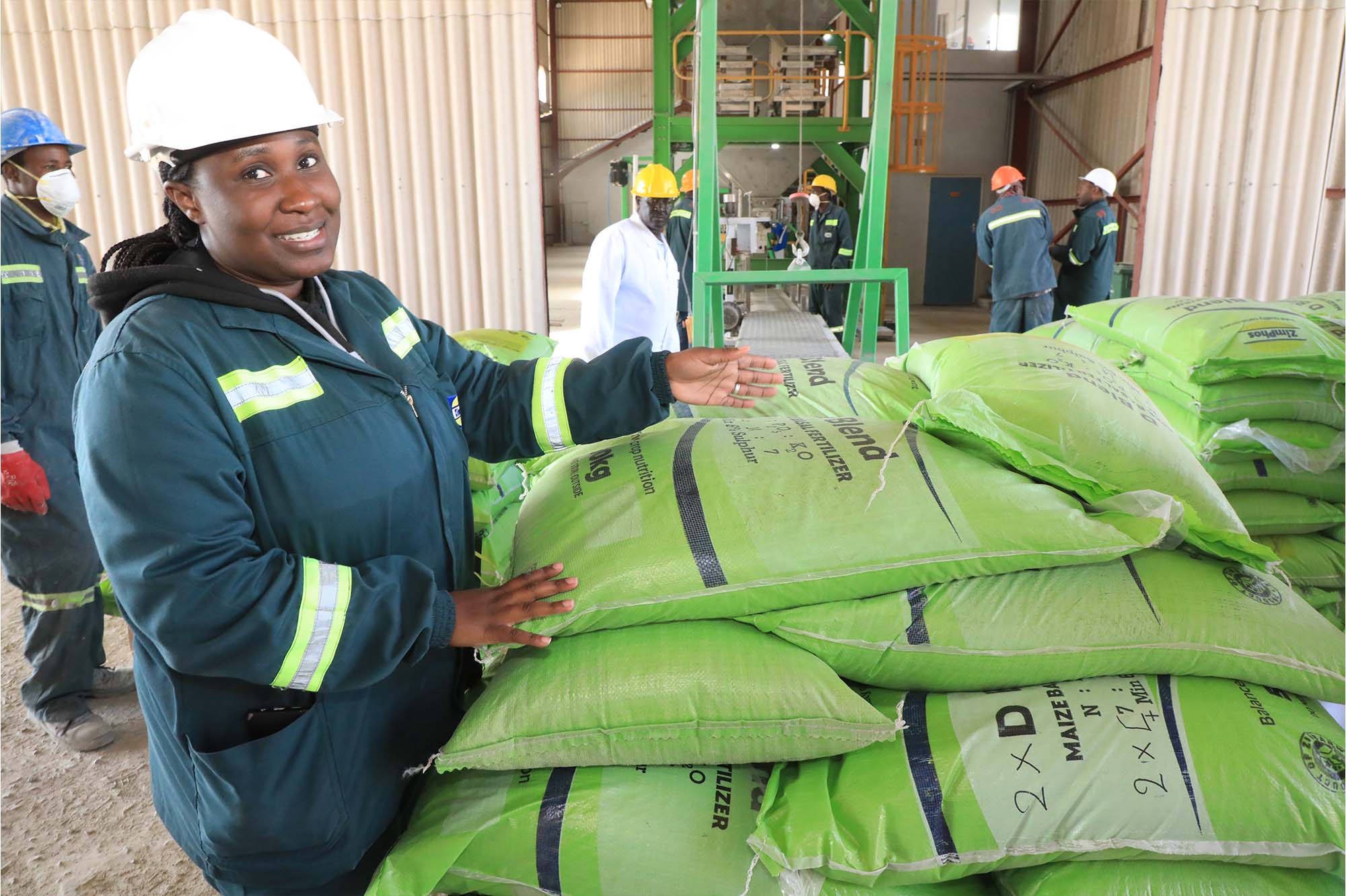
Mazara: Are we likely to get to a point where Zimbabwe will be self-sufficient in fertiliser?
Tome: The most important take-away from this conversation we are having is that Zimbabwe will not need to import fertiliser ever again. We have done a considerable amount of work to ensure that and in the next 12-24 months we will completely put an end to imports of all basal fertilisers because we will be running at full capacity. Thus, we will have enough capacity to supply our nation [and others] with all its fertiliser needs.
Mazara: What is your production capacity at the moment?
Tome: For basals, with the granulator which is coming on stream, we will be producing 120,000 tonnes per annum, coupled with the blender whose capacity is 200,000 tonnes per year. That adds up to a total of 320,000 tonnes of fertiliser per year, against national demand of 350,000 tonnes per annum.
We have already started the process of scoping the second granulator for another 200,000 tonnes per year, plus the 320,000 tonnes, which gives us 520,000 tonnes, way above national demand.
As a rule, when push comes to shove, every country puts its needs first. The global coronavirus shutdown taught us some important lessons that we must depend on ourselves first and others second. This thinking was borne out that realisation. But it is something that had been prophesised by His Excellency, President Mnangagwa, when he got into office in 2018. He made it clear that we have to be masters of our own destiny — Nyika inovakwa nevene vayo/Ilizwe lakhiwa ngabanikazi labo, he is always saying.
The Covid-19 pandemic was a wake-up call. Beyond Covid, the global geo-political disturbances that happened in Eastern Europe, between Russia and Ukraine, meant that the prices of fertilisers and agricultural inputs shot through the roof and we had to introspect.
Second, we also produce top dressing fertiliser which is commonly referred to as ammonium nitrate or AN at Sable Chemicals, where Mr Chigwende is a director and I would like him to shed more light on that, to assure the nation that within 12-24 months, we will not be importing fertilisers again.
Mazara: What would you say is the importance of making sure that you control the primary value chain in agriculture?
Tome: In 2018, Chemplex was given the mandate to import-substitute all fertilisers and we had to sign a five-year fertiliser import-substitution roadmap, which was championed by the Vice President, Dr Constantino Chiwenga. It was agreed that we should increase local content and thus reduce the prices of fertilisers and this is the mandate that we have been implementing aggressively as Chemplex and IDCZ.
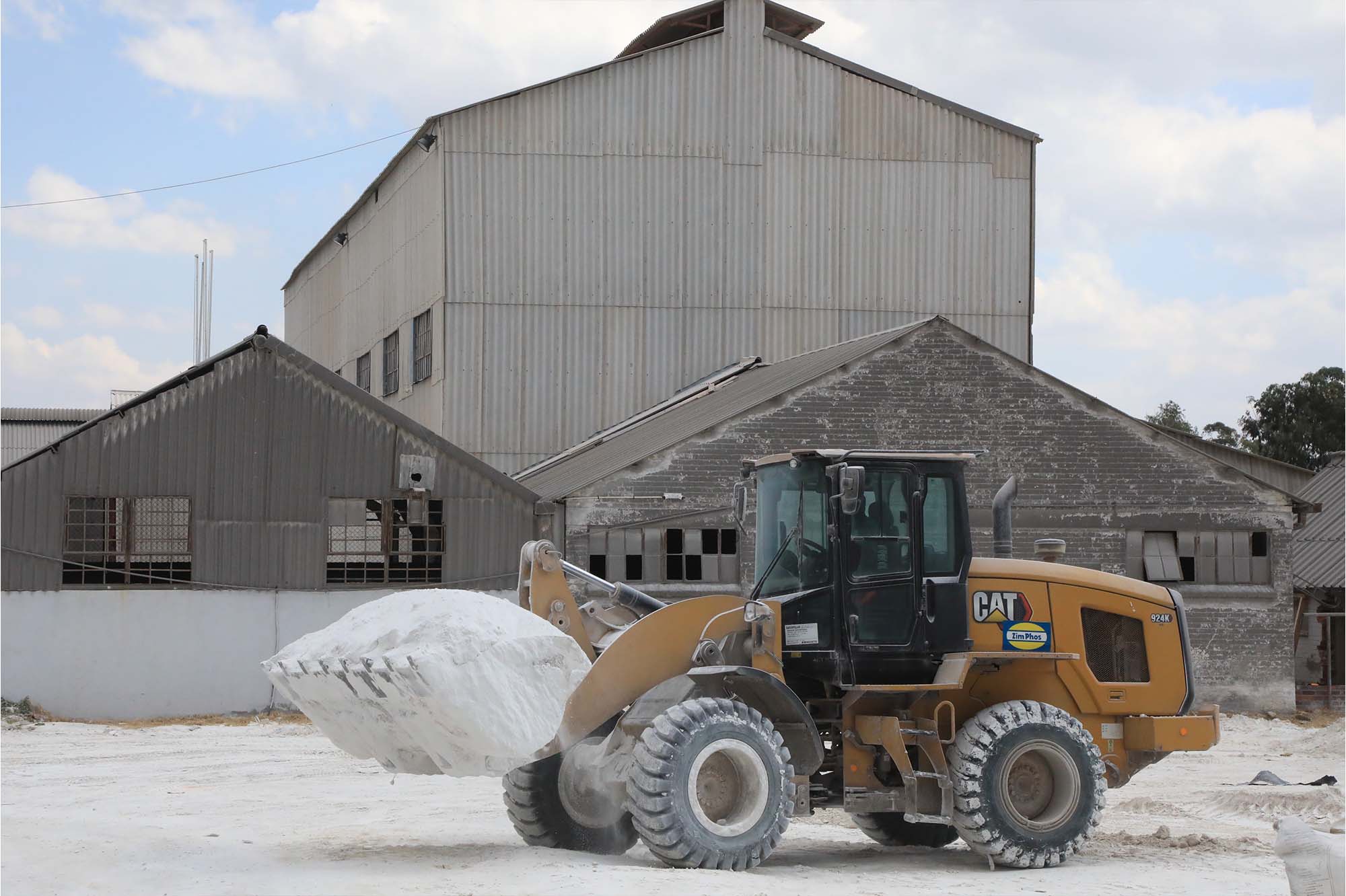
It should be common knowledge that around the country we have several blending facilities, whose operations depend on the availability of suitable raw materials. Unfortunately, the bulk of that raw material is imported. What this means is that we are still importing highly priced and low-quality material.
One of the lessons we have learnt from the volatile world of geopolitics is that when you don’t have control over the primary value chain, you are at the mercy of other nations.
We have seen the shortages of fertilisers, and as alluded to earlier by Mr Tome, this has been because nations take care of their needs first, then because of the pandemic, the Russian-Ukraine war, the logistics of bringing all that material into the country and profiteering tendencies.
The price went up such that the nutrient level per hectare remained as low as 15 kg. Honestly, how do you expect a farmer to achieve better yields? When you compare that with the 2006 Abuja Declaration, which set a target of 50 kg per hectare by no later than 2015 or some countries with sound agricultural practices complemented by affordable fertiliser prices, it is 100 kg per hectare. We are way below those figures and expectations, mainly because of the high cost of fertilisers.
By way of illustration, using the recently commissioned blender but using the imported raw material, profiteering was rampant. At that time a 50 kg bag of fertiliser was going for US$75 and farmers were up in arms. When we launched the Zimphos green bag, we slashed the price to US$38. Within a week, all the manufacturers with blending equipment brought down their prices, too, in a bid to match ours.
The question was, why were they doing it [profiteering] in the first place? They have no interest whatsoever in boosting productivity or being part of the national vision that we are talking about.
When the granulator (which consider to be a national asset) comes on stream, we are going to substitute all that imported material with the Dorowa rock. And there is a multiplier effect which most people might not be aware of, that a tonne of Dorowa phosphate rock translates to three tonnes of fertiliser. So what it means is that the multiplier effect, at low cost, translates into a low-priced fertiliser and which also cascades down to lower food costs in the retail sector.
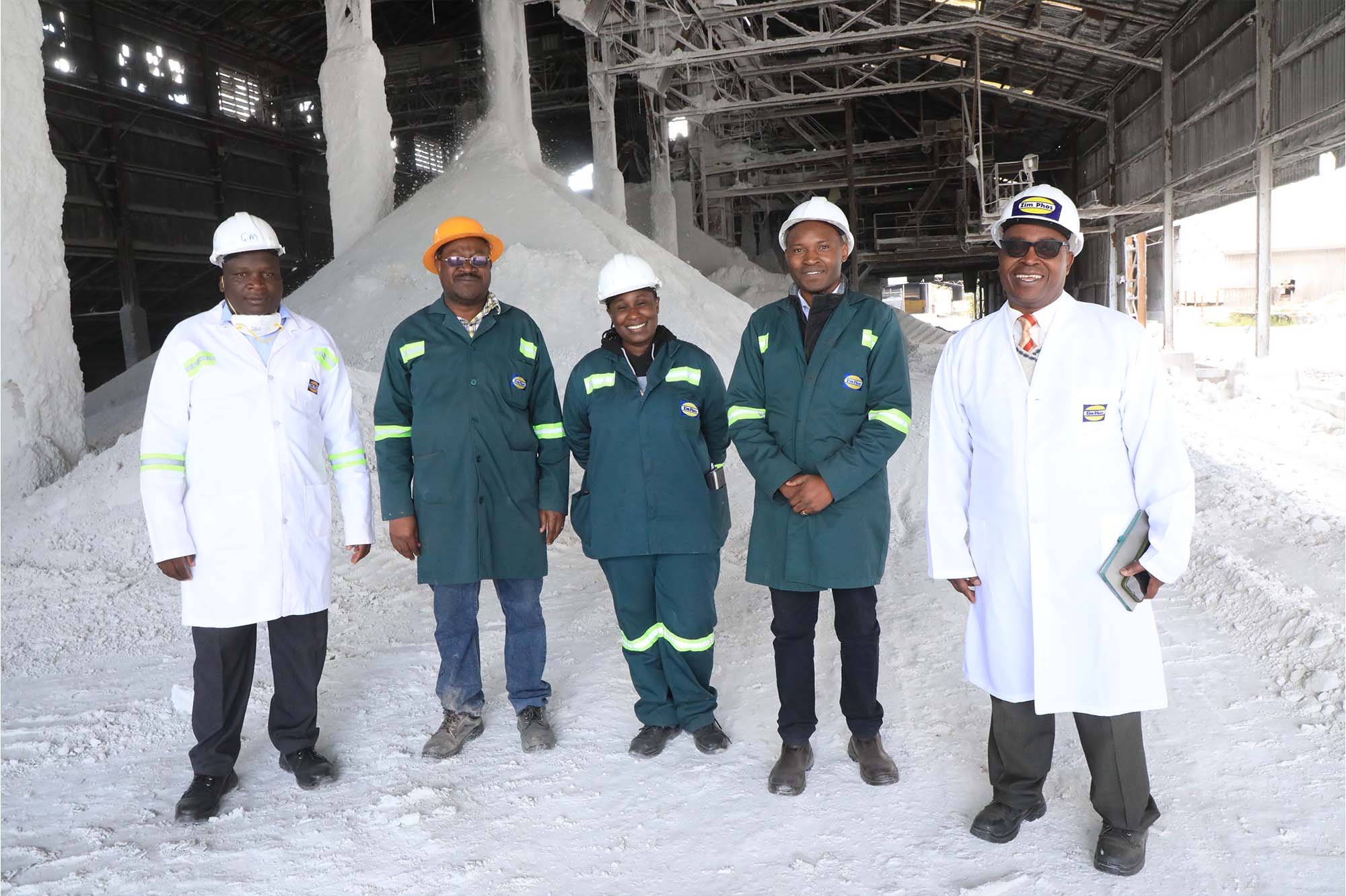
The granulator is going to do wonders by providing the feed-stock for our granulated products as well as the blender. We will also supply third party blending plants. We will get phosphate from the Dorowa rock and this put an end to all basal fertiliser imports.
In the same roadmap, we will have the basal fertiliser solution coming through Chemplex-Zimphos and the top dressing solution coming through Chemplex-Sable. We have mobilised US$11 million through Afreximbank, which we have used to refurbish the 280,000-tonne Sable plant for ammonium nitrate. Currently, we are struggling to produce as little as 30,000 tonnes per year because of the obsolete plant and equipment.
Now we have done about 50% of the refurbishment of the plant, making it possible for it to manufacture 120,000 tonnes. By September, we will have completed the second phase, using the same Afreximbank funding, to bring the plant back to 240,000 tonnes. For top dressing, we are talking of 380,000 tonnes, which equates to the national demand, and we will be at more 65% of national requirements in terms of top dressing fertiliser from Sable.
Of course, there are other interventions that we are working on to facilitate imports of ammonia gas. We are investing in rail tankers to ferry the gas from Sasol in South Africa, so that we have enough feedstock for the refurbished plant.
In the fourth quarter, you are going to see improved output from the Sable ammonium nitrate plant and next year the nation will be rejoicing. We will thus be in a position to eliminate all those shipping costs over which we have no control. The entire value chain in the fertiliser manufacturing roadmap, from basal fertiliser to top dressing, will now move closer to national requirements as we enter the new year.
The other project, which may sound too futuristic, is that we also want to expand the operations at Sable using the natural gas from the ongoing Muzarabani exploration, to produce urea as an additional top-dressing fertiliser.
We can assure the nation that we are going to fulfil in no time the roadmap on import-substitution, which was championed by the Presidium. The cost and availability of fertiliser is also going to be assured. We have alluded to the distribution network and we believe that the farmer should not have to drive or board a bus in order to buy his fertiliser needs from the nearest town or growth point. The fertiliser must get to him/her at his/her doorstep.
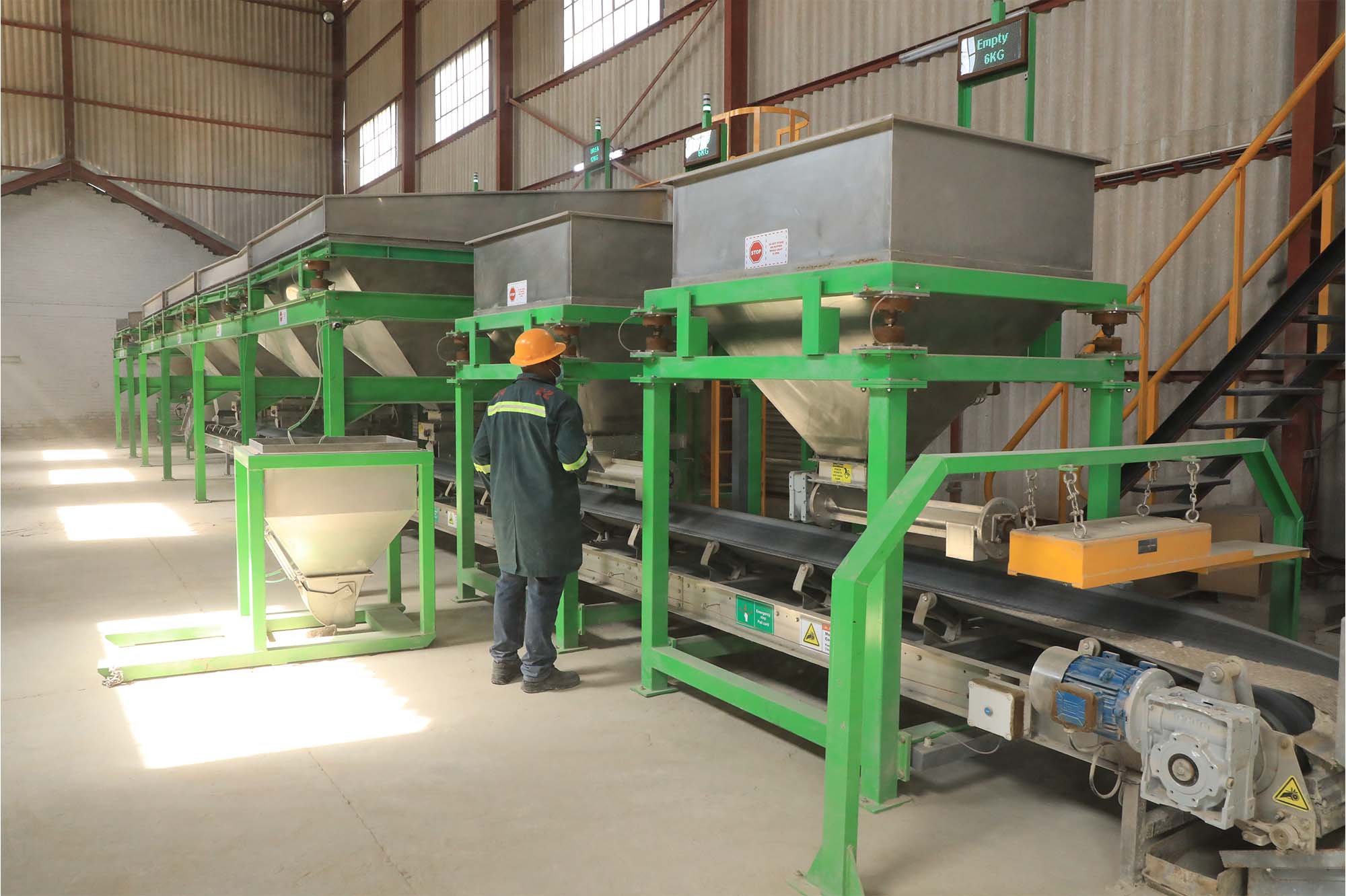
Mazara: Can you briefly talk about what you hinted earlier on as one of the President’s signature projects.
Tome: Last, but not least, let us talk about the President’s signature project, which talks to a number of key outcomes as enunciated in NDS1. These are rural industrialisation, devolution, import substitution and empowerment of local communities, respectively.
There is a limestone plant deep down in the rural areas of Rushinga. Because limestone is in plentiful supply there, we set up a brand new plant which is producing 10,000 metric tonnes of various limestone products. I must hasten to add that the relocation of the plant from Gazaland, Highfield, to Rushinga was done in response to the wise counsel of His Excellency President Mnangagwa.
The limestone plant offers several benefits. The key one is agricultural lime, which is used for soil conditioning. Farmers apply fertilisers and chemicals every season; we, therefore, urge them to add lime to their soils each and every year in order to boost their yields.
We also produce livestock lime which is mainly used in chicken production, piggery, etc. In addition, we also produce industrial lime flour, which is used in paints, plaster boards, ceilings, etc. Then there is also industrial lime, which is used in the processing of platinum, of which Zimbabwe is a leading producer. This will lead to considerable savings in foreign currency, since local platinum producers will no longer need to import it. Zimphos’ import-substitution drive has taken care of that.
The Rushinga plant will also produce what is called hydrated lime, which is used in the purification of water. The country’s major cities are spending a fortune on importing hydrated lime from China, South Africa and Zambia, yet we have it right under our feet and in unlimited quantities.
This is the President’s signature project in the making. The good thing is that we are already producing all these products except for the hydrated lime, which we will start producing soon. With just one project, His Excellency President Mnangagwa has unlocked massive opportunities for a significant number of minerals. Can you believe it — with just one project, reducing the country’s import bill!
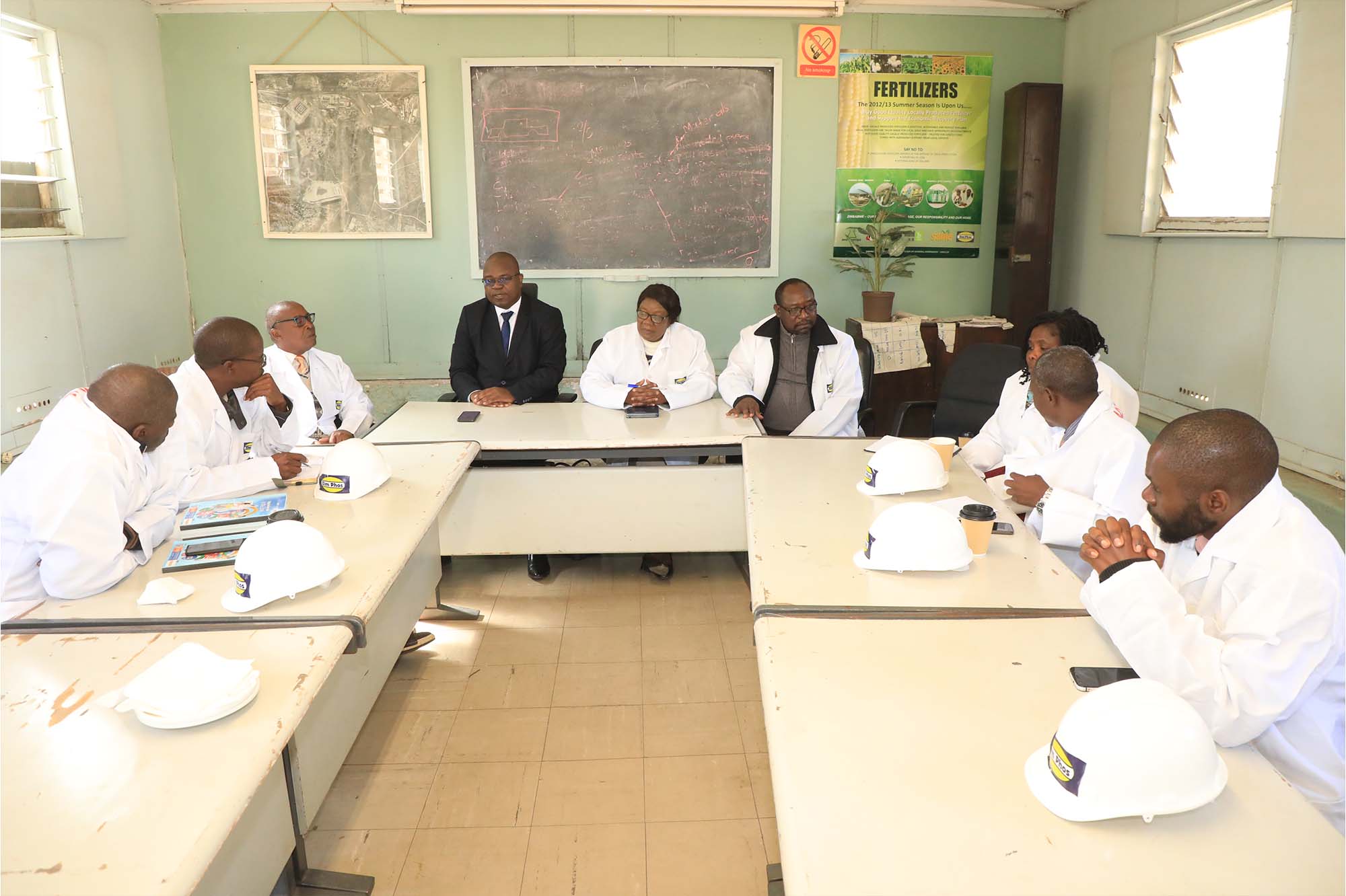
It is very important that we give a big thank you, first to our principal, His Excellency President Mnangagwa; secondly, to the Government of Zimbabwe, which has given us resources to implement these projects, not piecemeal, but in full over the last five years.
Most of these projects, with short-to-medium gestation periods, will start impacting the nation in the last quarter of 2023. We thank our Government, because without the Treasury’s support, we would not have been grounded. It was His Excellency, President Mnangagwa, who kept on motivating us, even at individual level (in the case of Mr Chigwende and myself) to soldier on even in the face of adversity.
As Zimbabweans, we are building our own industries, we are building our country, we are building our own economy, brick by brick.
